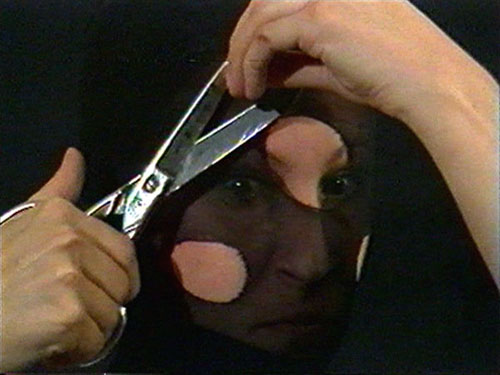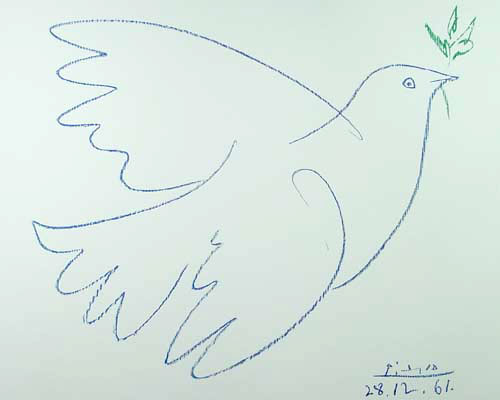Much before that conceptual art was the everyday work of contemporary artists, many plastic artists explored new resources and the most recent forms of media diffusion to question political systems as well as the constant social and gender injustices, using means which were distributed and, at the same time, extensions of the very same mainstream: there where Big Brother began its walk across adjustment and repression, these artists found signs that transposed, could put the artistic system in big problems. The first conceptualism of the 60s, especially the categories and variants of what today is known as Fluxus, not only had a great impact at a social and political level when seen from afar or from a certain distance, but, also, at the same time, were trying to disarm the stiff edges of art; rupture, questioning the gallery and the museum. Also, during the time of the Soviet Union and the Cold War, many artists in Eastern Europe and other latitudes expressed their discontent with the imposing passing of a political system which, without any freedom, strived to make many people believe that the revolution was around the corner. Among those artists, the important Sanja Ivekovi?, will be exhibiting at the MOMA, showing these inherent and current processes in her artistic work.

´Sweet Violence´ is the name of this exhibition, the first one in an American museum by this Bosnian artist. This exhibition is a true symbolic and convincing effort to show an artistic career which spans over forty years. Ivekovi? hasn´t just made works deeply related with activism and feminism, but she´s also a pioneer of international video art. Her career spans through the dizzying 60s when many aesthetic and academic barriers were dissolved, and the importance of conceptualism and minimal art via Fluxus would become part of the international artistic scene. And so, the work of Sanja Ivekovi? uses resources such as photomontage, video and performance.
The exhibition which will be presented at the MOMA from the 18th of December, brings videos and installations, among which we find ´Sweet Violence´ (1974), which gives its name to the exhibition, ´Personal Cuts´ (1982) and ´Practice Makes a Master´ (1982/2009). There´ll also be a series of photomontages entitled ´Double Life´ (1975-1976), an important work by the artist where she uses a series of personal photographs and she deconstructs them through the use of women´s magazines advertising among other printed media.
Just like Muntadas, another of the main representatives of conceptualism and video art at the time, Sanja Ivekovi? uses mass media resources to problematize the measures and forms of the representation of the subject, the gender condition and the blurry margins where the work of art gathers meaning and achieves protagonism in contemporary reality. Her explorations, of course, aren´t far from politics. After the fall of the Berlin Wall and the disintegration of Yugoslavia, Ivekovi? develops her work around this new geographical transformation. In its complexity, it enters into the processes of transformation from a socialist reality to another one which would be no longer a socialist one. This way, the visual resources which she uses in her work question history and its social processes, gender roles, power and collective memory. For more information on this exhibition, visit the official webpage of New York´s MOMA clicking here: http://www.moma.org/
Get apartments in New york and discover the best of today´s contemporary art.

 English
English Translated by: aleixgwilliam
Translated by: aleixgwilliam
